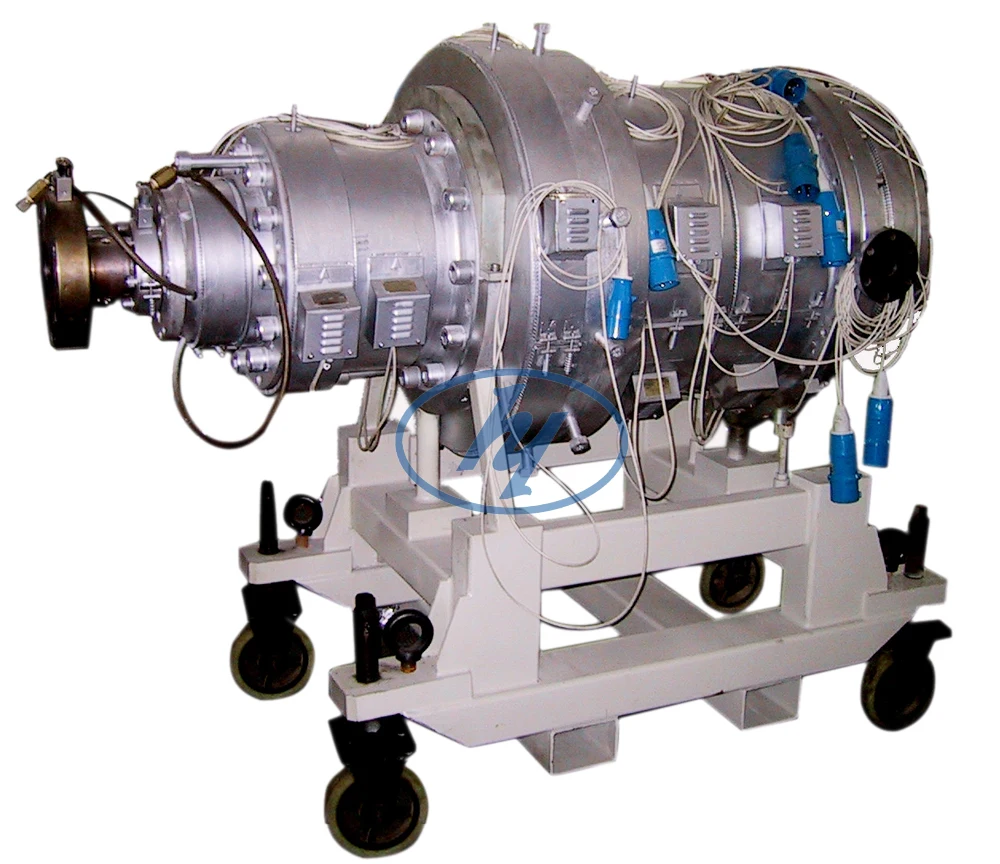


The first prototype was flown on 11 January 1947, by then redesignated XF2H-1. McDonnell's design covered an improved version of the Phantom of increased size, incorporating folding wings, and with a lengthened fuselage to house more fuel, and with similarly-mounted and more powerful Westinghouse turbojet engines. The company's design submission led to the receipt of a contract in early 1945 for three McDonnell XF2D-1 prototypes, these later gaining the name 'Banshee' although, some pilots referred to it as the 'Banjo'. McDonnell was requested to submit its design for a new and improved jet fighter to supersede the FH-1.

McDonnell engineers originally intended the aircraft to be a modified Phantom that shared many parts with the earlier aircraft, but it soon became clear that the need for heavier armament, greater internal fuel capacity, and other improvements would make the idea unfeasible. The Banshee was a development of the FH Phantom, although it was being planned before the Phantom went into production. The Banshee was the first production aircraft for the McDonnel Aircraft Corporation. Total F2H production was 895 and was operational till 1961 with the US Navy Reserve and finally phased out from the Royal Canadian Navy in September,1962. It went into combat in 1951 and served as one of the principal fighters with the US Navy's Seventh Fleet for the duration of the Korean War. The McDonnell F2H Banshee was a multimission aircraft: used as a day fighter, as a night fighter and for photoreconnaissance with one variant that was specially strengthened to carry nuclear weapons.


 0 kommentar(er)
0 kommentar(er)
